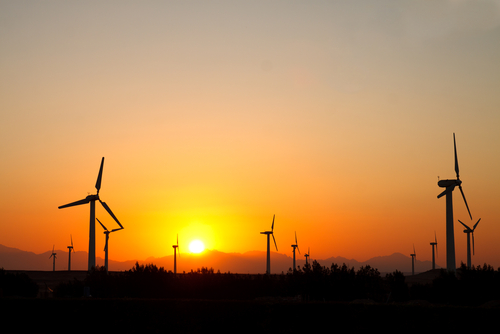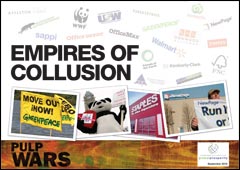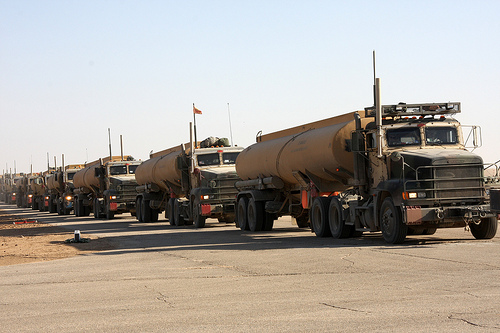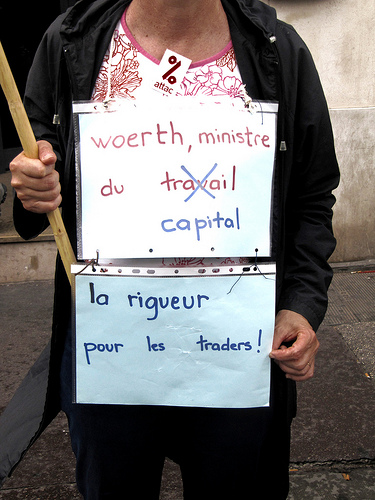The pollen and charcoal evidence recorded two other large droughts: one that occurred some 5,000 to 5,500 years ago and another that occurred around 3,000 years ago.
Today, as Egypt struggles to build an economy ravaged by political instability, the challenge of climate change has been on the country’s radar: a memorandum of understanding has just been signed between the Egyptian State Authority for New & Renewable Energy (NREA) and the industrial consortium Dii.
The memorandum could see greater collaboration between Europe and the Middle East and North Africa (MENA) region over renewable energy and the eventual creation an integrated electricity market.
According to Dii, areas of collaboration will include the exchange of information particularly in regard to solar and wind resource analysis, power transmission and grid capacity and expansion, the performance of renewable technology generating technologies, incentive instruments for private investments in renewable energy in Egypt and the MENA region, and long-term opportunities for renewable energy electricity transfers from Egypt to the EU.
Wind and solar have enormous potential for growth in Egypt, says Dii. By 2020 renewables should account for 20% of electricity production. Wind could play a central role in satisfying the fast-growing national electricity demand. By 2050 Dii expects this to increase six-fold over that of 2010, to more than 800 Terawatt hours.
Mohammed Mousa Omran, NREA Executive Chairman, said, “Renewable energy is one of the important elements in the electricity portfolio in Egypt. Its role grows day by day supported with national incentives declared from the government. Wind and solar will be the key players and drivers for the renewable energy market not only in Egypt but also for MENA countries.”
Paul van Son, CEO of Dii, said, “Egypt is pivotal for the economic and political development of the Arab world. Together, NREA and Dii will further the development of renewable energy in Egypt, thereby fulfilling an important prerequisite for the emergence of a market for desert power and the integration of Egypt in the international power system. More modern amenities are available to facilitate Egypt’s transition to smart grid, renewable energy, and modern transportation infrastructures, and that creates tremendous business opportunities. HSBC and many of the other multinational or major domestic banks operating in the country now offer payments and cash management services to Egyptian businesses comparable to any developed world business. With the emergence of Dii as a force in commerce in the region, this financial liquidity should really help smooth the transition to a sustainable future.
“Wind and solar could one day be the backbone of the Egyptian economy. For Dii, NREA is the perfect partner based on its extensive experience and drive in the renewable energy market,” said van Son.
Wind power desert photo from Shutterstock
This post was supported by HSBC, a multinational bank serving Europe, Middle Eastern and Asian Markets and financing many renewable energy projects.









